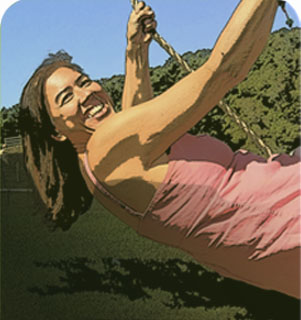Yoga Props

At the beginning of my classes, you will often hear me say: “you will need a mat, a blanket, a strap, some blocks, and a chair for transitions or extra support.”
I thought I’d give a few suggestions with links to purchase props. Recently a student suggested that I become an Amazon affiliate so that I can be reimbursed for my suggestions, so the links below give me a small affiliate bonus but don’t effect your price. I appreciate that you use them.
Yoga mats are a more recent invention, promoted by the American yogi community, but worthwhile for padding and preventing slipping. I honestly don’t pay a lot for mine. Initially I invested in a very expensive mat, only to find that a $20 mat suited my needs just fine.
There are varying thicknesses, usually 4 to 6 mm. In general, I go with a 4 mm mat. I usually practice with 2 so that when I lie down on the ground, I have 1 mat under another. In standing, I only use 1 so that I don’t slip.
Here is the link below. It may be that you are in a class or try someone else’s mat and fall in love with it. Mats can be individual, go with what makes you feel good. Here is an inexpensive mat to have in your supply.
For years I only used Manduka yoga mats. I still love them. Just find that I don’t miss one in my practice when I travel for months using an inexpensive mat. Here is a link though to a Manduka:
Yoga blankets offer support and warmth. I primarily use mine to sit on to raise my hips up when I am in sitting or for support under my shoulders for shoulder stand. I don’t like yoga blankets with fringe, but that may be more a personal preference. I have used yoga wool blankets for years for their firmer support. Here is a link for a Manduka blanket:
Yoga straps are great for helping to ease bones into various stretches, and for holding limbs so that the body can fully relax. You can use a belt or karate belt to a point, but having a long belt with a buckle will do wonders for expanding your range of motion and breathing capacity. The most functional belt is one with a D ring that is 8 feet not 6 feet. Here is an 8 foot length below.
Let’s face it, we spend a lot of time a bit hunched. Our body over time collapses and tightens, making certain movements more of a challenge. It always helps even if you are flexible to start with some type of block – to bring the floor up to you – so that you can ease into a position with out over-stretching or damaging your muscles and tendons.
You will want 2 thicker blocks to start, about 9″ x 6″ x 4″. Double check when you purchase, as the cheaper ones are half the width. Doubling them makes them unsafe. The thicker ones are better.
Here is a link for 2 blocks:
Yoga chairs are WONDERFUL. I can’t emphasize that one enough. If you have had any injuries or are learning to get into a shoulder stand or any type of inversion, they are the best thing to have. They have an OPEN back and sturdy seat, and are usually metal. I like mine because it has a very thinly padded seat that I can still feel the firmness of the chair. The metal chairs were just a bit too cold for me.
If you want the plain metal chair. Here is the link for it:
Having said all that, you can also use a piano bench to start. I prefer people use the same ones I use in class so that I know the height and can give cues based on the chair. Having the back pipe is also helpful for twists.
When it comes to using props, use common sense and experiment with what works for you. The idea behind props is to support your body, to bring the floor up to where your body is, and to stay safe. Only you can ultimately determine what is best for you – when you come to class, I can give you suggestions to help as well.
Enjoy! Props to props and to you for taking care of you. – Rita Naomi
